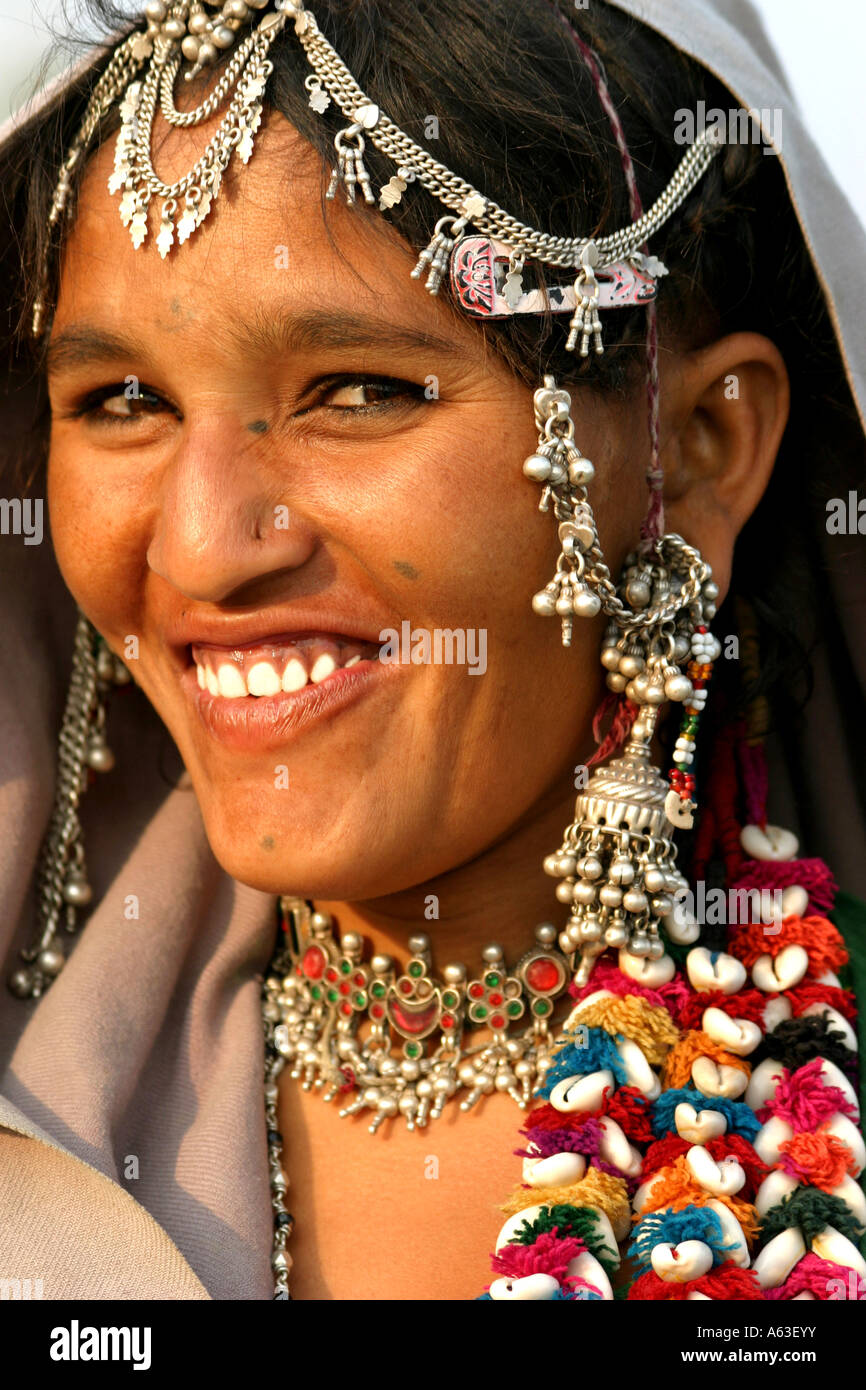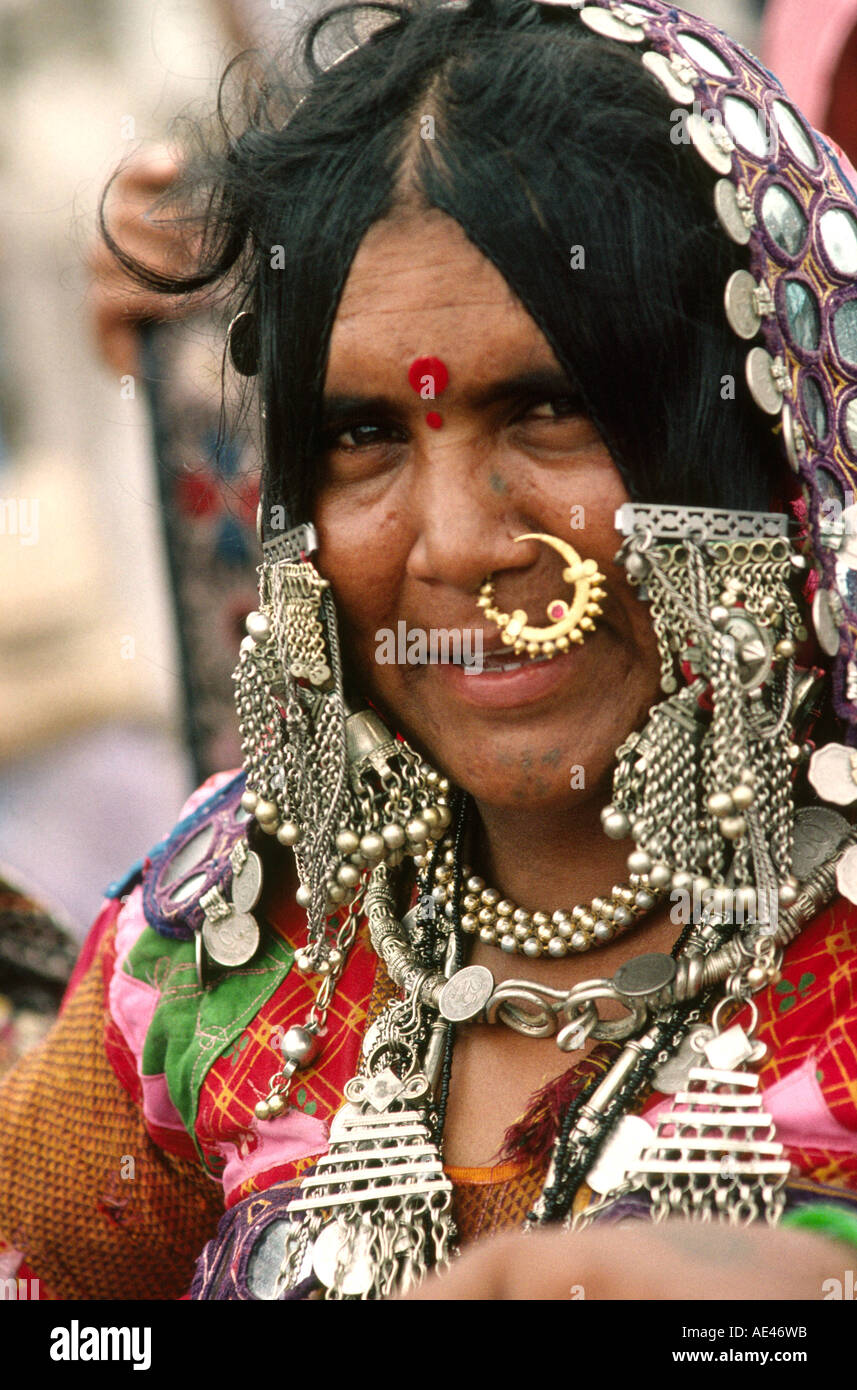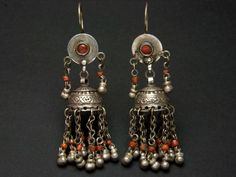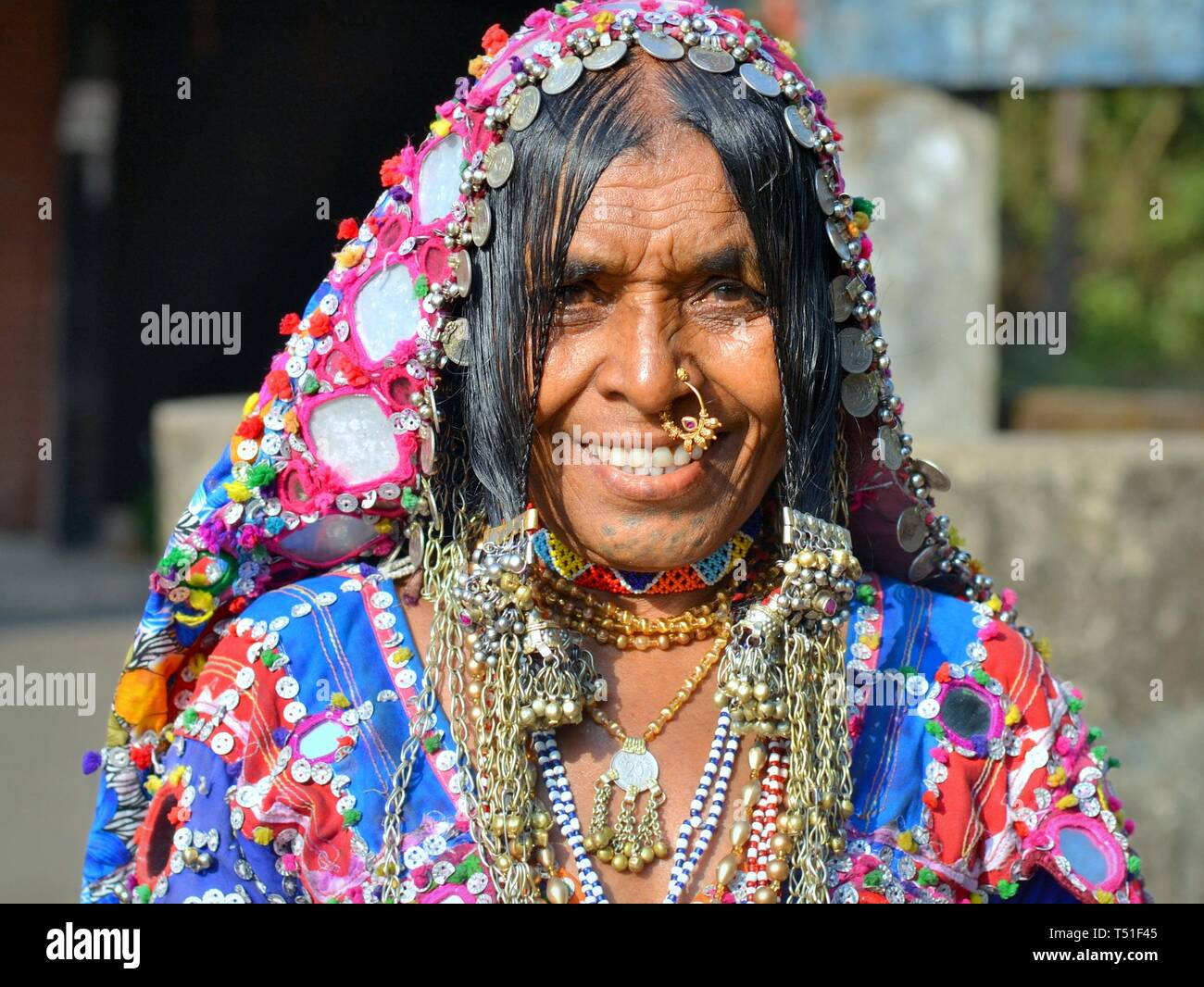ॐ श्री गुरुभ्यो नमः ॐ श्री शिवानन्दाय नमः ॐ श्री चिदानन्दाय नमः ॐ श्री दुर्गायै नमः
Source of all Images in this Blog-post : Google Images : ‘Google Image Search’ will reveal the multiple sources of every single image shared in this Blog. For more details, kindly see ‘Disclaimer‘
Introduction
India, often described as a tapestry of cultures and traditions, boasts a rich diversity of tribal communities spread across its vast expanse. These tribes, with their unique customs, languages, and art forms, have also contributed significantly to the world of jewelry. Tribal jewelry from Gujarat and various other parts of India is a testament to the intricate craftsmanship, cultural significance, and timeless allure of these indigenous adornments. In this article, we embark on a journey to explore the resplendent world of tribal jewelry.
Tribal Jewelry: A Rich Tapestry of Tradition
Tribal jewelry in India represents a remarkable fusion of artistic expression, cultural identity, and storytelling. Passed down through generations, these pieces often serve as repositories of tribal histories, myths, and social status. Different tribes across the country have their distinct styles, materials, and techniques, making tribal jewelry a vibrant and dynamic field of artistry.
Gujarat’s Tribal Jewelry:
Gujarat, a western Indian state, is a treasure trove of tribal jewelry. The region is home to various tribal communities, each with its unique jewelry traditions. Some of the prominent tribal groups in Gujarat include the Rabari, Bhil, and Kutchi communities. Their jewelry is crafted using an array of materials, including silver, beads, and cowrie shells. Intricate silver necklaces, bangles, and anklets, often adorned with motifs inspired by nature and tribal symbols, are a hallmark of Gujarati tribal jewelry.
Materials and Techniques:
Tribal jewelry makers often rely on locally available materials. For instance, the Rabari community from Gujarat extensively uses silver and mirrors to create their jewelry. The Bhils, on the other hand, prefer working with metals like brass and white metal. Beads, feathers, and shells are common components used in the jewelry of tribes such as the Warli and Bhutia.
Techniques used in tribal jewelry are predominantly handcrafted, with skills and designs passed down through generations. These jewelry pieces are a testament to the deft craftsmanship of tribal artisans, who use techniques like filigree work, embossing, and inlay work to create their stunning pieces.
Symbolism and Significance:
Tribal jewelry in India is steeped in symbolism. These adornments often tell stories of the wearer’s tribe, status, and life events. For instance, among the Bhil tribe, nose rings, earrings, and bangles signify a woman’s marital status and social position. Similarly, the colorful beadwork of the Warli tribe in Maharashtra is symbolic of nature and fertility.
Regional Diversity:
India’s tribal jewelry is not confined to Gujarat alone. Across the country, you can find a wide array of tribal jewelry styles. In the northeastern states, tribal communities like the Nagas and Bodo adorn themselves with intricate beadwork and seashell jewelry. In the southern state of Kerala, the tribal jewelry of the Paniyas and Kurichiyas features terracotta and metallic elements, while the tribes of Rajasthan and Madhya Pradesh are known for their stunning silver jewelry, often embedded with semi-precious stones.
Preserving the Tradition:
While tribal jewelry continues to be an integral part of the cultural fabric of India, it faces challenges due to changing lifestyles and market preferences. However, efforts are underway to preserve and promote this invaluable heritage. Organizations, NGOs, and government initiatives are working to provide training, economic support, and marketing platforms to tribal artisans. These efforts not only empower these communities but also ensure that the legacy of tribal jewelry remains intact for future generations.
Conclusion:
Tribal jewelry in Gujarat and other parts of India is a celebration of diversity and creativity, woven into the very fabric of these indigenous communities. Each piece of jewelry is a testament to centuries of tradition, a reflection of cultural heritage, and a statement of identity. As we admire these intricate and beautiful adornments, we honor the skills, history, and culture of the tribal communities that continue to create these timeless treasures.




























